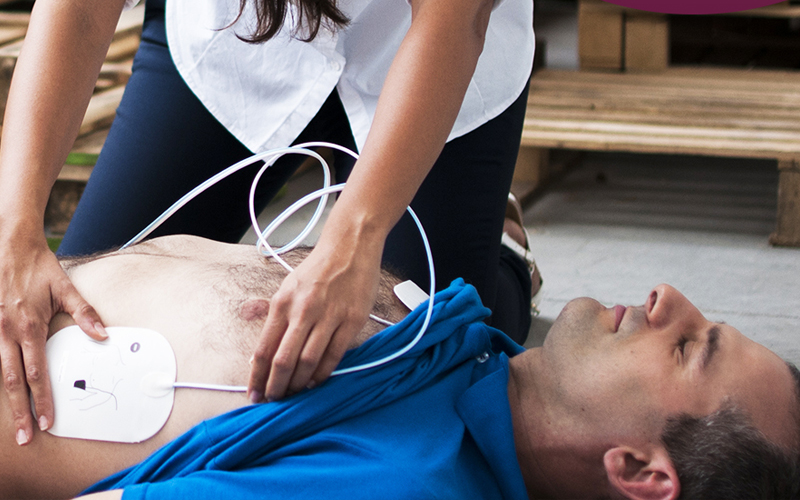Defibrillators are life-saving devices used to treat sudden cardiac arrest (SCA). They provide a crucial electric shock to the heart, restoring its normal rhythm. Regular maintenance and care are essential to ensure the optimal functioning of a defibrillator when it is needed most. In this article, we will provide you with a comprehensive guide on how to look after a defibrillator effectively.
- Keep it Visible and Accessible
The first step in caring for a defibrillator is ensuring it is easily accessible. Place the device in a highly visible and strategic location, preferably near an emergency exit or an area with high foot traffic. Make sure it is easily retrievable and there are no obstructions hindering its accessibility.
- Regular Inspections
Perform routine inspections to check the overall condition of the defibrillator. Examine the exterior for any signs of damage, such as cracks, dents, or exposed wires. Inspect the battery, electrodes, and cables for wear and tear. If you notice any issues, contact the manufacturer or a certified technician.
- Battery Maintenance
The battery is a crucial defibrillator component, as it powers the device. Regularly check the battery’s expiration date and replace it before it reaches that point. Following the manufacturer’s recommendations regarding battery maintenance, storage, and replacement intervals is advisable. Always keep a spare battery on hand for emergencies.
- Electrode Pad Replacement:
The electrode pads are responsible for delivering an electrical shock to the heart. They have an expiration date, and replacing them before that date arrives is crucial. Inspect the electrode pads periodically to ensure they are in good condition and have not been damaged or contaminated. Properly store the replacement pads according to the manufacturer’s instructions.
- Conduct Function Tests:
Regularly test the functionality of the defibrillator to ensure it operates as expected. Many models have built-in self-test features that automatically check the device’s readiness. However, it is recommended to perform manual tests as well. Consult the device’s user manual for specific instructions on conducting these tests.
- Proper Storage and Environmental Conditions
Defibrillators should be stored in a clean and dry environment, away from extreme temperatures, moisture, and direct sunlight. Ensure that the storage area is easily accessible and well-marked. Regularly check the storage area for any signs of environmental damage that could affect the device’s performance.
- Training and Education
Proper training and education are crucial for operating and maintaining the defibrillator. Consider enrolling in a senior first aid course in Blacktown or a similar program to gain the necessary knowledge and skills. Such courses provide valuable insights into defibrillator maintenance, ensuring you are prepared to handle emergencies effectively.
To effectively look after a defibrillator, it is important to keep it visible and accessible, conduct regular inspections, maintain the battery and electrode pads, perform function tests, store it properly, and ensure proper training and education. By following these guidelines, you can ensure that your defibrillator is always in optimal condition, ready to save lives when needed.




